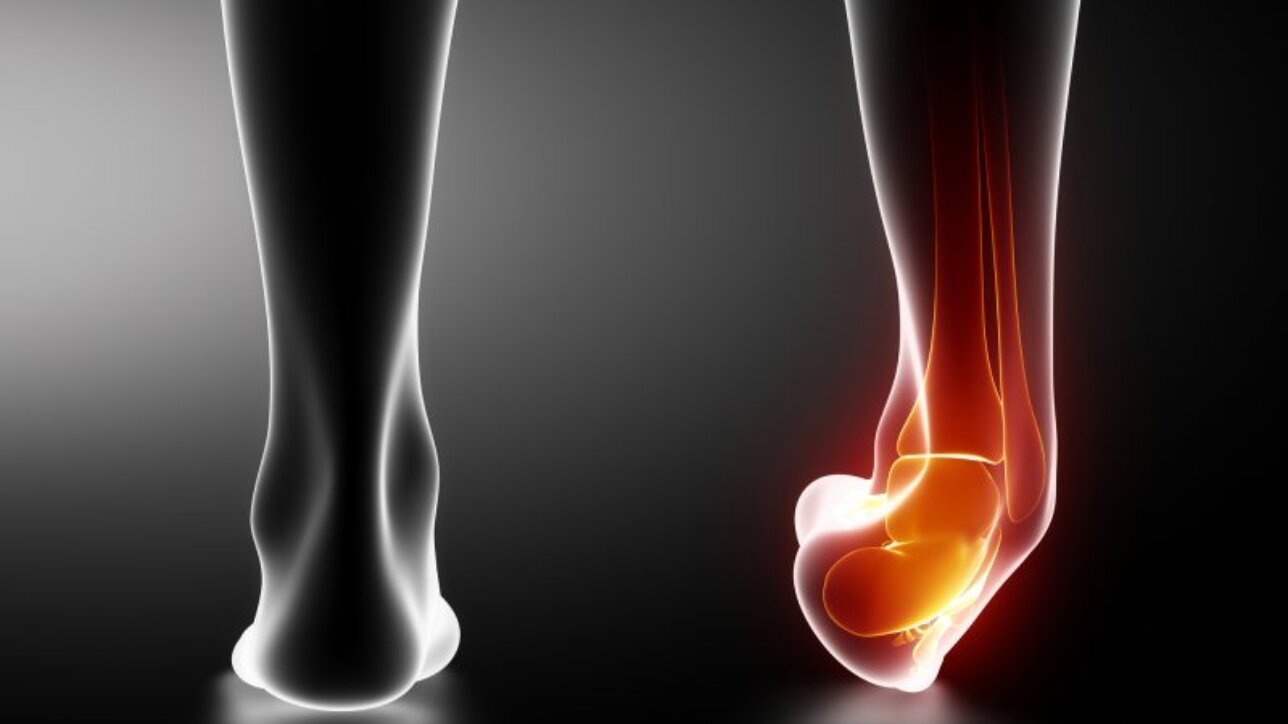Firstly, a lateral ankle sprain ranks among the most common sport-related injuries. It usually happens because of forced plantarflexion/inversion movement. Reports indicate that individuals who experience multiple repetitive ankle sprains have functional and mechanical instability within the ankle joint, which increases the likelihood of re-injury.
Anatomy
Let’s dive into the anatomy of the “Ankle Complex”.
The Talocrural Joint, commonly known as the ankle joint, consists of three bones: the tibia, fibula, and talus. It is considered a hinge joint. The movements your true ankle joint allow are plantarflexion (i.e. pressing down on a gas pedal) and dorsiflexion (i.e. bringing toes up towards ceiling) which occur in what we call the sagittal plane. In addition to the boney structures associated with the ankle joint, it receives ligamentous support from the joint capsule and several surrounding ligaments including the anterior talofibular ligament (ATFL), posterior talofibular ligament (PTFL), calcaneofibular ligament (CFL), and the deltoid ligament.
Moreover, the Inferior Tibiofibular Joint comprises the distal articulation of the tibia and fibula. This joint permits a small amount of rotation. A common injury to this joint is known as a “High Ankle Sprain.” Thick interosseous membrane, along with your anterior inferior tibiofibular ligament and posterior inferior tibiofibular ligament, stabilize this joint.
The Subtalar Joint is the articulation of talus and calcaneus which allows movements in the frontal plane such as inversion (bringing foot in towards body) and eversion (moving foot away from body). It plays an important role in shock absorption. This joint in particular has extensive ligamentous support.
Injury
As previously mentioned, lateral ankle sprains rank among the most common sports-related injuries and occur due to forced plantarflexion and inversion. The most commonly affected ligament is the ATFL. Common deficits with repetitive ankle sprains are instability within the joint, loss of ROM (range of motion), loss of muscle strength, and reduced proprioception (awareness of the position and movement of the body), which in turn could lead to impaired balance.
Grades of a Lateral Ankle Sprain
- Grade 1- mild, painful and minimal micro tearing of ligament fibers;
- Grade 2- moderate, painful and significant tearing of ligament fibers;
- Grade 3- severe, often not painful, complete rupture of ligament fibers.
Rehabilitation from a Lateral Ankle Sprain
Don’t wait to get treated for ankle sprains until they become chronic. Taking action before is important to avoid compensations up your lower extremity kinetic chain (i.e. knee joint, hip joint, pelvis, etc.). The rehabilitation process necessary to recover from a lateral ankle sprain would consist of reducing pain and swelling, restoration of strength, proprioception, and range of motion.


